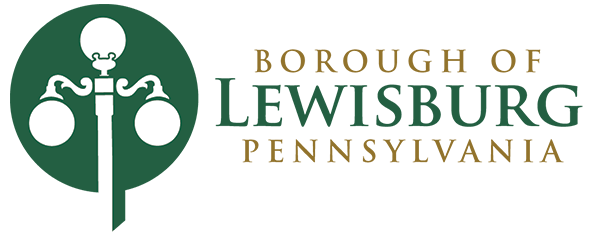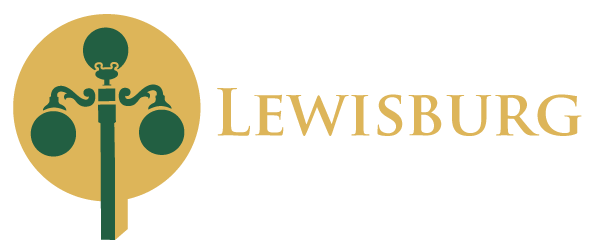Lewisburg History
Lewisburg Borough, bordered on the East by the West Branch of the Susquehanna River, began its origination in 1769. The town was connected with the more populated areas of the state via Tolpehocken Road from the south, and by new roads that developed in the early 1800’s. On March 13, 1812, ‘Derrstown’ passed an act incorporating the directors of streets, lanes and alleys, and the town became known as Lewisburg. The incorporation of Lewisburg as a Borough occurred on March 21, 1822.
In 1869, the first train chugged across the new St. John’s Street Bridge into Lewisburg. This marked the end of the canal era and the beginning of a more sophisticated era on wheels. A characteristic of the railroad era was Lewisburg’s appetite for worldly things: new goods, elegant clothing and culture. This attitude also found expression in the buildings and fine houses that were designed and constructed during these years.
During the early 1900’s, one particular point of interest was the introduction of street lighting. The Borough of Lewisburg holds a unique patent on the design of its streetlights; a cast iron standard with two arm lights and one top light, originally enclosed in round glass globes.
Lewisburg was originally called Derrstown by the founder, Ludwig Derr, but was renamed Lewisburg because the German name Ludwig when Anglesized becomes Lewis.
The street plans were laid out in 1785, and within three years contained 17 log cabins. It was a typical river town on the west branch of the Susquehanna, with no noticeable growth for more than 40 years. Following the completion of the Pennsylvania Canal, a dam in the river and a 5/8 mile cross cut canal to join it in 1833 opened a new market for farmers, manufacturing and travel.
The founding of the university was renamed Bucknell in 1846. The county seat was moved to Lewisburg in 1856. Lewisburg entered a new era of prosperity… and a bawdy river town was being transformed into Victorian elegance.
In later years, the United States Middle District Court House and the United States Federal Prison opened in 1932 which aided in the towns survival during the depression years.
Numerous homes and sites in Lewisburg’s historic district were accepted for inclusion on the National Register for Historic Places, representing almost every architectural style. 646 buildings were constructed between 1773 and 1910. Examples found here are: Federal, Queen Anne, Tuscan Villa, Italianate, Gothic, Greek Revival, Georgian, English Manor and Colonial Revival.
Lewisburg is considered to be one of the best preserved 19th century communities in the nation.
Lewisburg Present
Lewisburg is a small Borough (approximately one-and-a-half square miles) with a population of 5,620, based on the 2000 available Census Data. In addition, Lewisburg remains the County seat of Union County, a still largely rural but fast growing County that extends to the west. Lewisburg is also a commercial center of this area, with the greatest density of persons anywhere in the County. From its early days, the Borough served as the area’s commerce and service center. With the influence of Bucknell University and well-preserved architectural housing styles, the community is vibrant and charming. A 1995 publication, The 100 Best Small Towns in America, listed Lewisburg as one of the day’s most livable small towns, coast to coast.
On another environmental front, the Borough has been designated as part of the Tree City USA recognition by the USDA Forest Service and the National Arbor Day Foundation because of its efforts to promote street trees.


